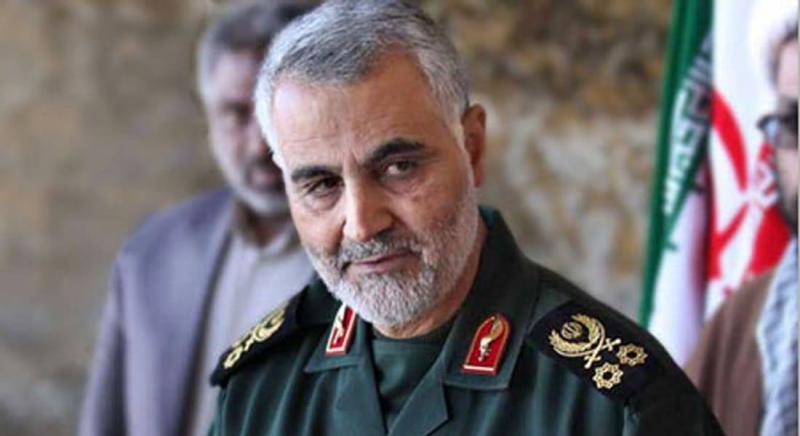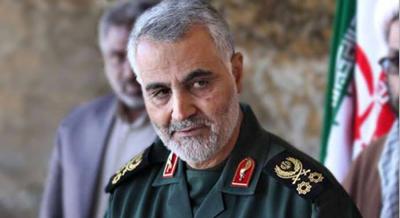Four years after the assassination of Qassem Soleimani, the commander of the Quds Force in the Iranian Revolutionary Guard, in a U.S. airstrike at Baghdad Airport in 2020, General Frank McKenzie, who was the head of U.S. Central Command at the time, revealed the secrets of that operation. In his book "Pivot Point," McKenzie explained that since taking command in March 2019, he was asked whether there was a plan to target Soleimani and what the potential Iranian reactions might be. He revealed that the movements of the Iranian leader, who gained prominence over the years, were known to the Americans every time he visited Iraq, as he always landed at Baghdad Airport.
Moreover, he clarified that 36 hours before Soleimani left Damascus heading to Baghdad, U.S. intelligence was already aware of which aircraft would be transporting him. McKenzie believed that as Soleimani's fame increased, his arrogance grew as well, according to The Atlantic newspaper. He added that Soleimani "became a dictator, acting throughout the region without consulting Iranian intelligence, the military, or even the Revolutionary Guard most of the time."
McKenzie asserted that Soleimani "cleverly supported the return of American forces to Iraq, which led the United States to take on the demanding and heavy task of defeating ISIS." He then targeted U.S. and coalition forces to push them out of Iraq. He also recounted how Soleimani's confidence in himself ballooned to the point where he believed he was untouchable. When asked in 2019 about the possibility of being pursued, he said, "What will they do, kill me?"
As the commander of Central Command, McKenzie considered that Soleimani's assassination forced Iranian leaders to reconsider their months-long escalation against U.S. forces. He viewed Soleimani's operation as a stark lesson that Tehran respects American power and responds to deterrence. According to him, when American power recedes, Iran advances.
Soleimani is a central figure in the modern history of U.S.-Iran relations; over 30 years, he became an important face of the Revolutionary Guard (IRGC), which is considered an independent branch of the Iranian armed forces tasked with ensuring the regime's safety. The leader joined the Revolutionary Guard in 1979, just one year before Saddam Hussein's attack on Iran. During the ensuing war, Soleimani gained a strong reputation and rose to the rank of division commander while still in his twenties, emerging from the war with a bitter disdain for America, which he held responsible for his country's defeat by assisting Iraq.
Between 1997 and 1998, Soleimani became the commander of the Quds Force, an elite group within the Revolutionary Guard that focused its unconventional operations beyond Iran's borders. He became an indispensable leader in the development of the Quds Force, relying on his fluency in Arabic to expand his country's influence in the region. He maintained direct contact with Iranian Supreme Leader Ali Khamenei, even becoming like a son to him. He was then promoted to the rank of Major General in 2011, and by 2014, he was regarded as somewhat of a "hero in Iran," having been highlighted by the renowned magazine The New Yorker, although an air of mystery still surrounded his name.




